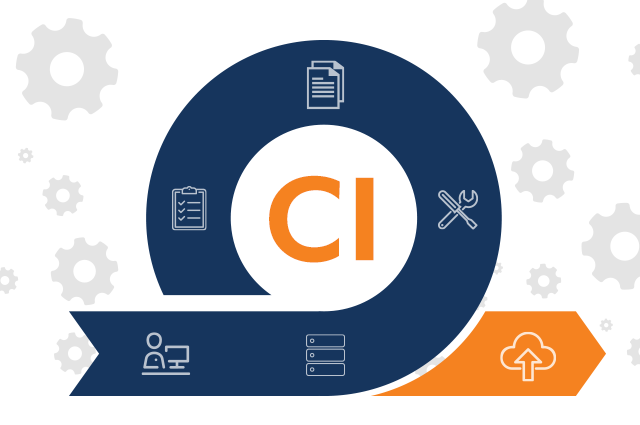Getting Started with Continuous Integration: A Beginner's Guide

In the ever-evolving landscape of software development, adopting efficient practices is crucial. One such practice that has gained immense popularity is Continuous Integration (CI). If you're new to CI, this guide aims to demystify the concept, explore essential tools, and highlight best practices to help you kickstart your journey into the world of seamless and collaborative development.
Understanding Continuous Integration (CI):
Continuous Integration is a development methodology that focuses on frequent integration of code changes into a shared repository. The key objective is to detect and address integration issues early in the development process, ensuring a more stable and reliable codebase.
Why CI Matters:
Early Bug Detection: CI allows developers to catch bugs and integration issues early in the development cycle, reducing the time and effort spent on debugging later.
Collaborative Development: It promotes collaboration among team members by providing a centralized platform for integrating and testing code changes.
Automated Testing: CI emphasizes automated testing, which ensures that code changes don't break existing functionality.
Efficient Builds: With automated builds, the development team can quickly identify and address compilation errors and other build-related issues.
Tools to Get Started:
1. Jenkins:
Jenkins is an open-source automation server that supports building, testing, and deploying code. It is highly customizable and widely used in the industry.
2. Travis CI:
Travis CI is a cloud-based CI/CD service that integrates seamlessly with GitHub repositories. It's beginner-friendly and provides an easy setup process.
3. GitLab CI/CD:
GitLab CI/CD is integrated into the GitLab platform, offering a comprehensive CI/CD solution. It simplifies the process of setting up pipelines for building, testing, and deploying applications.
Best Practices for Successful CI:
Fast and Isolated Builds:
- Keep builds fast to provide quick feedback to developers.
- Ensure each build is isolated and independent to maintain consistency.
Automate Deployment:
- Automate deployment processes to reduce manual errors and streamline releases.
Monitoring and Alerts:
- Implement monitoring and alerting to detect issues in deployed applications.
Parallel Testing:
- Run tests in parallel to decrease build times and improve efficiency.
Your First Steps:
Version Control:
- Familiarize yourself with version control systems like Git. It's the backbone of CI.
Set Up CI Environment:
- Choose a CI tool and follow the setup instructions. Start with a simple project to get hands-on experience.
Write Automated Tests:
Understand CI Pipelines:
- Explore the concept of CI pipelines, which define the steps involved in building, testing, and deploying your application.
Iterate and Learn:
- Continuous Integration is an iterative process. Learn from each build and refine your practices over time.
Conclusion:
Continuous Integration is a game-changer in modern software development. By adopting CI practices and tools, you pave the way for a more collaborative, efficient, and error-free development process. As a beginner, don't be afraid to experiment, learn from your experiences, and enjoy the journey of becoming a proficient CI practitioner. Happy coding!